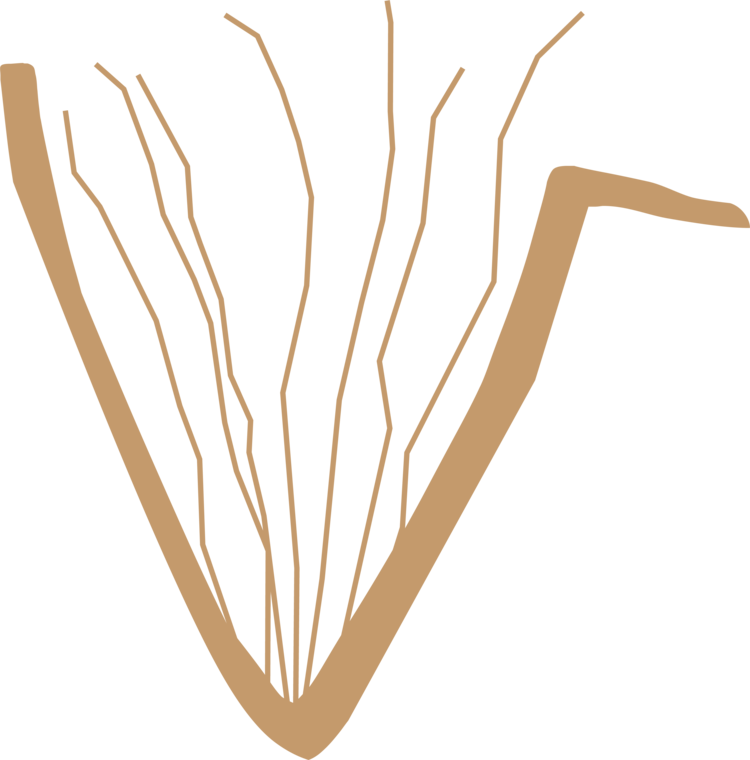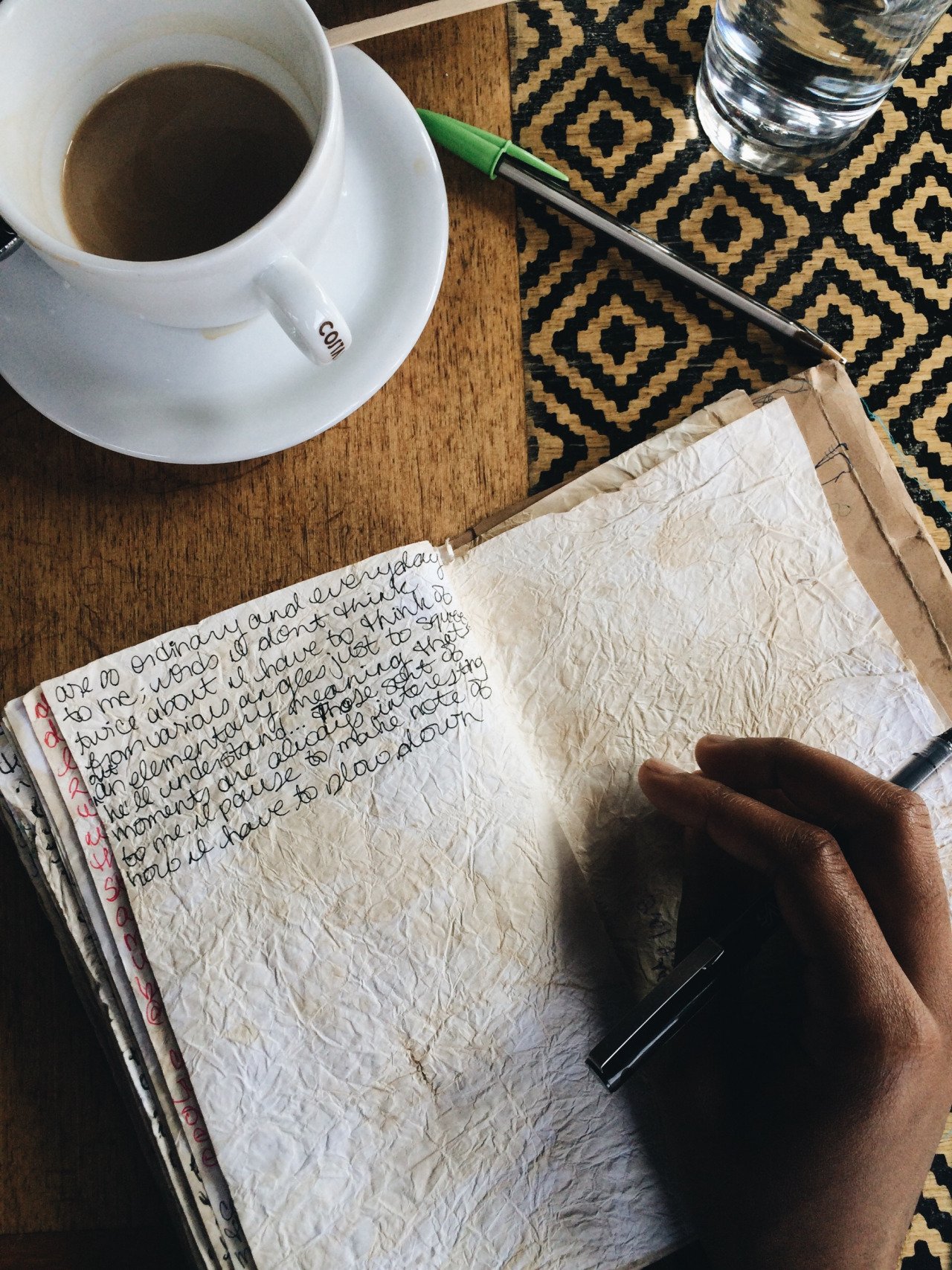Autographology pt 1
a page from Nancy Elizabeth Prophet's diary
2/20/2017
Graphology is the study of handwriting. Dopeness.
A science founded in the nineteenth century after over 30 years of French research and definition, remarkably graphology is still being expanded upon today.
Analyzing over 300 characteristics of handwriting, graphology ratiocinates that various characteristics of writing styles can give the graphologist insights about the person behind the writing utensil. Meaning: Graphology is like behavioral analysis for handwriting.
Graphologists have analyzed higher-profiled individuals ranging from members of royal families to serial killers, analyzing their handwriting style for clues as to how these individuals’ minds work. Interestingly enough, almost 80% of French companies use graphology as a way to screen job applicants…
The traits of one’s “self-font” so to speak interrelate into a palimpsest of insights that imply psychological and emotional states, level of optimism, mental balance, and much more. Elaine Quigley BA Hons. MBIG Dip describes graphology as “brain writing”.
a spread from Nina Simone's diary
Why does the field of graphology concern us as teastained women journeying soulfully? As stated above graphology is a way of using handwriting- not the words being said but the WAY in which these words are written- as a way to decode a person. What better position of power as narrators and documenters than that of also being able to encrypt and decode ourselves?
By knowing how to analyze our handwriting we can infer deeper insights about ourselves that aren’t being written into our journals. We can look at how we scratched or stabbed or etched journal entries onto the page and conjecture various dynamic possibilities about our state of being based on our “self-font”.
In the future, a native, soulful, more intuitive graphology can help us when looking through our old journals. We’ll be able tolook at old journals and roughly note the sort of mentalities that were in operation as we were documenting ourselves. Using the concepts within graphology, we can notice if we really believe what we’re writing or what emotions or mentalities may have been keeping us from attaining/manifesting the dreams and ideas we were sketching onto the page.
Our handwriting style can tell us if we are subconsciously upset, holding a grudge, optimistic, trusting, open to relationships, protective of our tribe, attached to our mothers, etc.
Furthermore, I’d like to see some research from graphologists who’ve analyzed women of color’s handwritings through the ages and even today. As it turns out, culture/cultural understanding/and I would argue for Black people in our captured history—cultural memory—all of these also impact the way we write. Graphologists have realized they must leave room for how cultural ideas impact handwriting by recognizing they cannot create blanket definitions or concrete profiles of individuals based on handwriting traits. For instance, writing that slants left indicates attachment to family roots or to our mothers, but if you are a Black woman whose history has been stolen, you wouldn’t connote this negatively. This must be taken into account for graphology studies. At the moment I haven’t found anything of the sort online.
Approaching our personal writings as a form of advanced technology, I believe the assessment of our expression of ourselves through handwriting is something that should be diffused throughout our very digitized culture as well as the cultures we represent as women of colour. Our survival depends on what we preserve and what we write by hand is included in this.
It has been statistically proven that those who write their thoughts down or take notes with writing utensil and paper have better memories, have greater comprehension of concepts, are more able to understand innovative ideas, and also do better in academic settings. Don't we need all of this as PoC in a constant state of rage and revolution?
Also, the “extra work” it takes to write things down by hand is actually brain exercise that’s even visible in brain scans. Also, writing things down engages the whole brain: the Frontal Lobe, where ideas are formed and thoughts are planned; the Parietal lobe, where hand-eye coordination occurs, as well as sensory function; the Occipital Lobe, where vision is engaged (so we can see what we’re writing!); and the Temporal Lobe, where sound is identified and discriminated…
Thus, writing things down by hand is not only cultural preservation and futurism but also a way of combatting a greater, systemic agenda to destabilize, disarm, demilitarize, and drug our peoples, making us ill-equipped to use our ideas and cultural memories, subconscious reflexes and native innovation to radically change the world. Yes, handwriting can help impact all of this.
With Autographology-a term I've created for sake of this post: auto-, meaning "self" and graphology meaning "the study of handwriting"- we don’t have to wait for some random stranger deemed “professional” to one day discover our documented personal histories and analyze our mental state, tainting it with assumptions when they don’t know who we really were or the Unwritten narratives that comprised us. By understanding how graphology works we can retain the power of seeing how we’ve encoded ourselves, matching the unwritten insights with the documentations in our journals. And we can choose to keep ourselves encrypted or share our findings with those we love and trust.
In the next blog post I’ll share some of the ways graphologists assess handwriting, including some handwriting characteristics they analyze to pull insights about the writer holding the pen (or pencil).
Journey Soulfully
Chimene
Sources:
http://www.auntyflo.com/graphology/zones-and-shape-writing
http://www.handwriting-graphology.com/graphology-basics/
http://www.businessballs.com/graphologyhandwritinganalysis.htm
http://www.handwritinginsights.com/terms.html
http://www.viewzone.com/handwriting3.html (“philosophical imagination” pic)
http://www.aryabhatt.com/graphology/zones.htm






